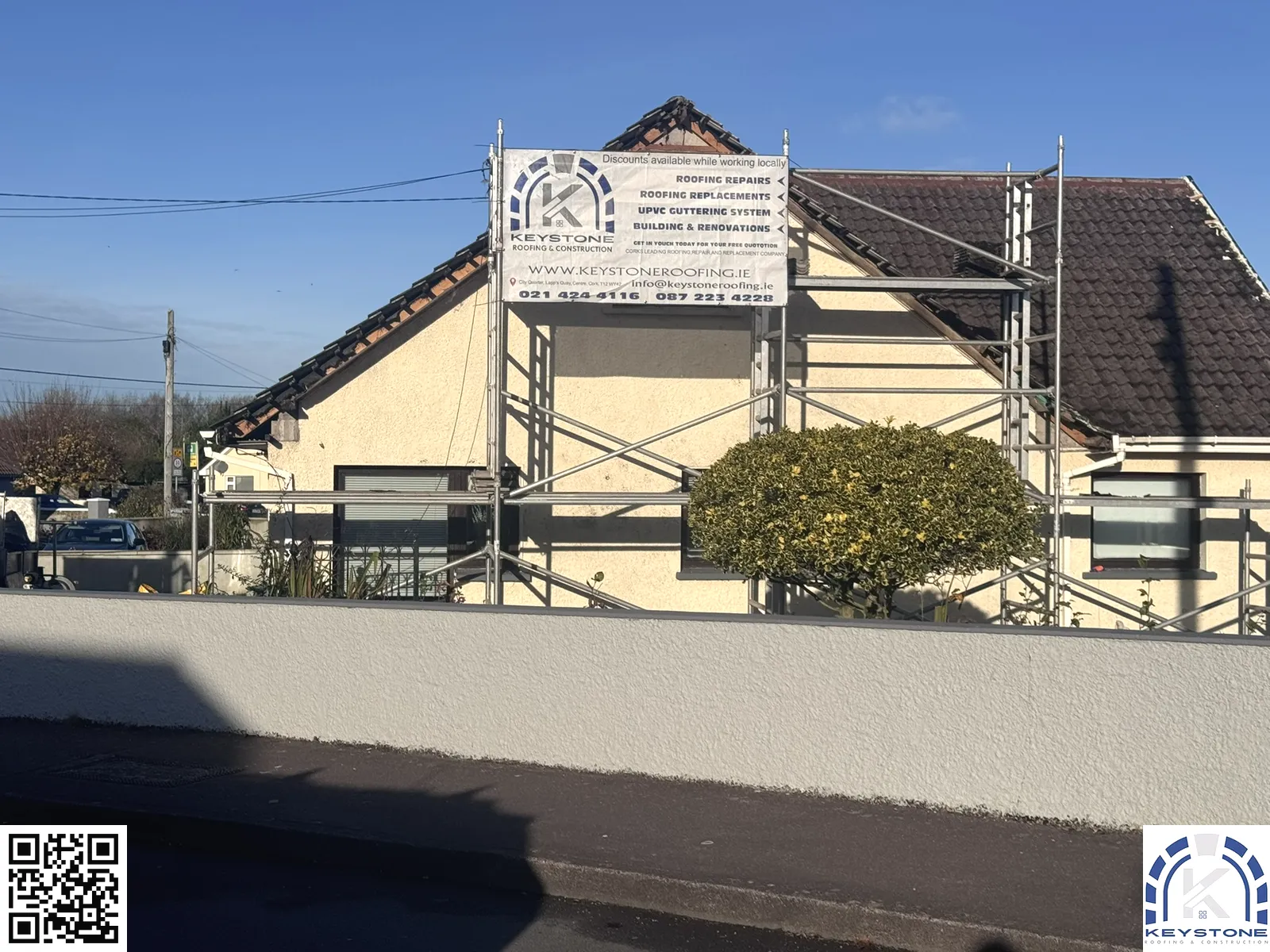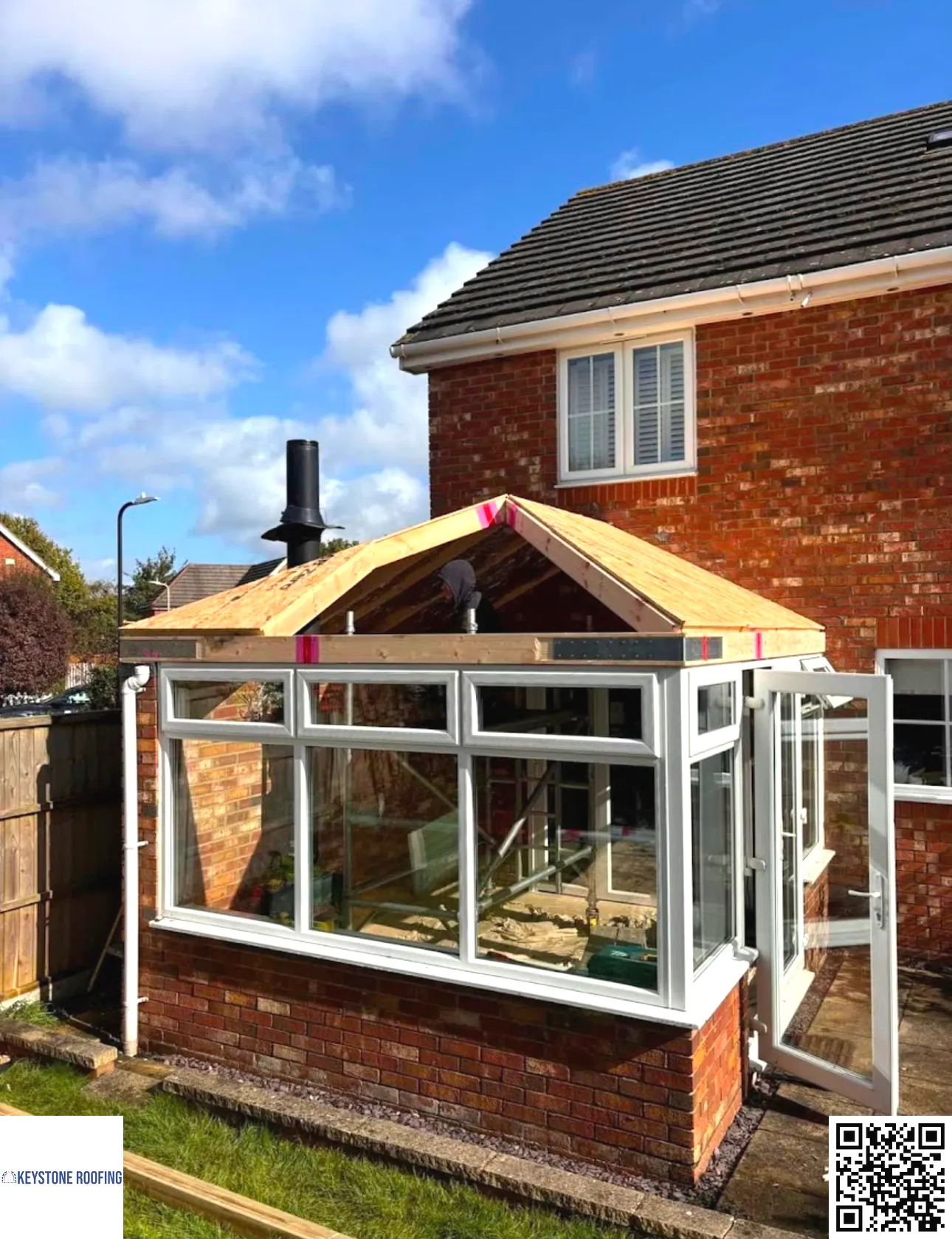Introduction
When it comes to home maintenance, flat roofs often get a bad rap. Many homeowners believe that because flat roofs are simple in design, they require less attention. However, this couldn’t be further from the truth! Flat roof care is crucial for your home’s longevity and durability, and overlooking key aspects can lead to costly repairs down the line. So, what should you know? Let’s dive deep into the world of flat roof maintenance and explore everything you need to keep an eye on.
Are You Overlooking These Key Aspects of Flat Roof Care?
Flat roofs have unique challenges that sloped roofs don’t face. Are you aware of the critical factors that could impact your flat roof’s performance? Many homeowners find themselves asking questions like, “How often should I inspect my roof?” or “What materials are best Keystone Roofing roofers cork city for my flat roof?” If these queries sound familiar, you’re not alone!
Understanding Flat Roofs: An Overview
What defines a flat roof?
A flat roof has a slight slope—typically under 10 degrees—to facilitate water drainage. Unlike traditional pitched roofs, they offer a modern aesthetic and additional outdoor space.
Common types of flat roofing materials
- EPDM (Ethylene Propylene Diene Monomer): A popular rubber roofing material known for its durability. TPO (Thermoplastic Olefin): Lightweight and energy-efficient, TPO is gaining traction in the market. PVC (Polyvinyl Chloride): Known for its longevity but can be more expensive.
Each material brings its own set of pros and cons based on factors such as cost, lifespan, and installation process.
The Importance of Regular Roof Inspections
Why should you conduct regular inspections?
Regular inspections help identify potential issues before they escalate. Think about it: catching a small leak today could save you from extensive emergency roof repair tomorrow!
How often should you inspect your flat roof?
Experts recommend conducting inspections at least twice a year—once in spring and once in fall. This helps ensure that your roofing systems remain intact through changing weather conditions.

Recognizing Signs of Damage
What common problems can arise with flat roofs?
Ponding Water: Water pooling on your roof can lead to significant structural damage. Cracks or Blisters: Over time, heat and UV rays can cause cracks or blisters in roofing materials. Debris Accumulation: Leaves and other debris can block drainage systems.If you spot any of these issues during your inspection, it’s time to call in expert roofing services Cork to address them promptly.
Choosing the Right Roofing Materials for Your Flat Roof
Factors to consider when selecting materials
When selecting roofing materials for your flat roof, consider:
- Climate conditions Budget constraints Aesthetic preferences
This decision is vital as it sets the foundation for your roof’s durability.
Effective Roof Maintenance Practices
What does effective maintenance entail?
Effective maintenance includes:

- Clearing debris Inspecting seams Checking drainage systems
Implementing these practices will drastically extend the life of your roof.
Emergency Roof Repairs: When to Call Professionals?
When should you seek emergency repairs?
If you can see visible leaks or if a storm has caused significant damage, don’t hesitate! Reach out immediately for emergency services like Roof Leak Repair Cork.
Tips for DIY Roof Maintenance
Can I perform maintenance tasks myself?
Absolutely! Here are some simple tasks you can handle:
Clear debris from drains. Check for signs of wear around fixtures like skylights. Look for signs of rust on metal flashing.Just remember—if anything looks too complex or risky, it’s best to leave it to professionals!
Understanding Different Types of Flat Roof Systems
Built-Up Roofing (BUR)
BUR involves layers of bitumen and aggregate which create a durable surface ideal for high traffic areas.
Modified Bitumen Roofing
This system adds flexibility with polymer-modified asphalt that holds up well against extreme weather conditions.
The Cost Factor in Flat Roof Care
How much should you budget annually?
While costs vary depending on size and material type, budgeting between €500 - €1500 annually for maintenance is a good rule-of-thumb. This investment pays off by preventing costly repairs later on!
FAQs
1. How long do flat roofs typically last? Flat roofs usually last between 15 to 30 years depending on materials used and maintenance practices followed.
2. Can I walk on my flat roof? Yes! However, always check with professionals beforehand as certain roofing materials may not withstand heavy foot traffic.
3. What should I do if I notice a leak? Start by containing any water damage inside your home then contact professionals specializing in emergency roof repair immediately!
4. Are there any warranties available on roofing materials? Many manufacturers provide warranties ranging from 10 years up to lifetime coverage depending on the type of material chosen.
5. How do I choose between different roofing contractors? Look for licensed contractors with positive reviews who specialize in flat roofs specifically; ask about their experience with local weather conditions too!
6. Is regular cleaning necessary? Absolutely! Keeping your rooftop clear from debris ensures proper drainage while avoiding potential leaks due to standing water accumulation.
Conclusion
In conclusion, maintaining a flat roof requires diligence and attention to detail—qualities every homeowner oughta embrace! Are You Overlooking These Key Aspects of Flat Roof Care? Don’t let ignorance lead to costly mistakes down the road; stay proactive by regularly inspecting your roof while keeping up with essential maintenance tasks.
Whether it's investing in quality roofing materials cork or hiring reputable roofing contractors cork when needed—your home deserves nothing less than optimal care! With the right knowledge under your belt plus reliable resources at hand—flat rooftop ownership becomes far less daunting!